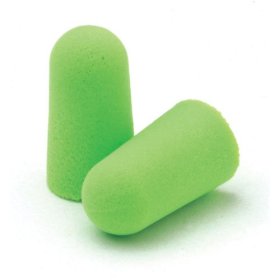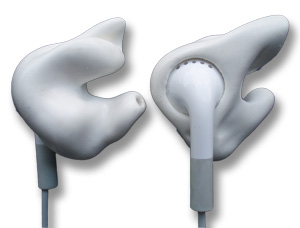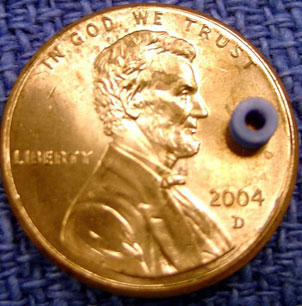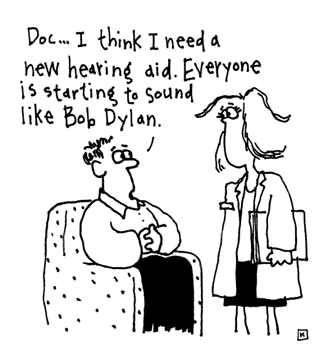This week Starkey is officially releasing the Halo aid and TruLink technology that allows you to wirelessly link and control your hearing aid with your iOS device (Android coming soon). The device represents the latest generation of integrated devices and effectively eliminates the need for other costly intermediary technology (if you already have a smartphone of course).
With the Halo you can map your frequent locations to preferred programming modes, stream your iPhone’s audio output to your aid, use your iPhone as a wireless microphone, and improve feedback and background noise reduction.
Being a Medical Practice Partner of Starkey’s we have had early access to the devices and can’t wait to begin delivery of these devices to our patients.
[youtube height=”HEIGHT” width=”WIDTH”]https://www.youtube.com/watch?v=-eSe3riseqY[/youtube]







